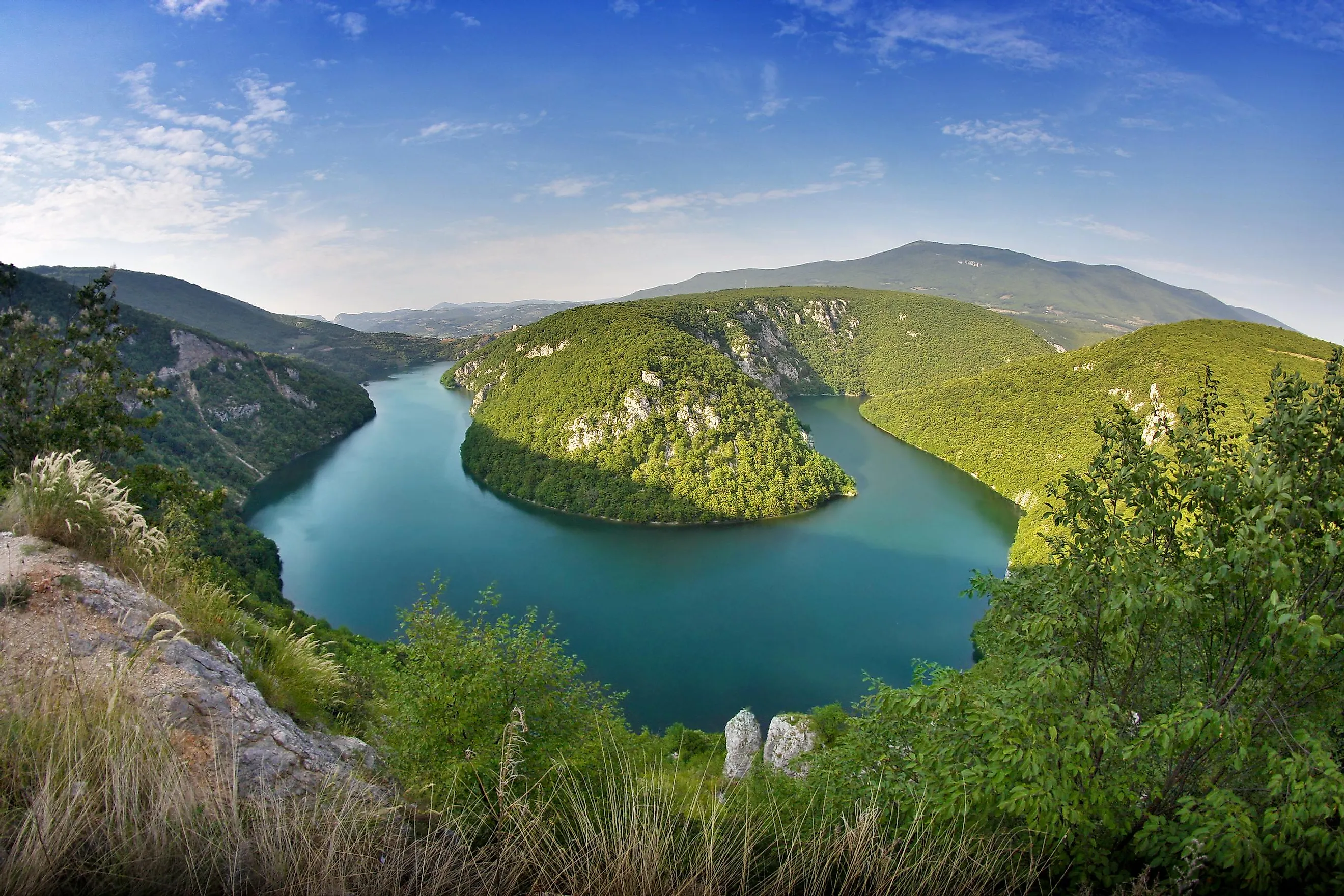
Banja Luka River
Banja Luka River is more commonly known as Vrbas and pronounced as “ʋr̩̂bas.” It is one of the seven cross-boundary river basins in Bosnia-Herzegovina, a country nestled on the Balkan Peninsula in southeastern Europe. Also known as the Balkans, this beautiful region is famous for its mountainous landscape. The name Balkan actually means “mountain” in the Turkish language. Of the total land area in Bosnia-Herzegovina, about 5% is lowlands, while 29% is karst landscape. A karst landscape consists of arid limestone plateaus punctuated with caves, potholes, and underground drainage. The rest of Bosnia-Herzegovinia is described as either hilly (24%) or mountainous (42%).
Features Of The Banja Luka River
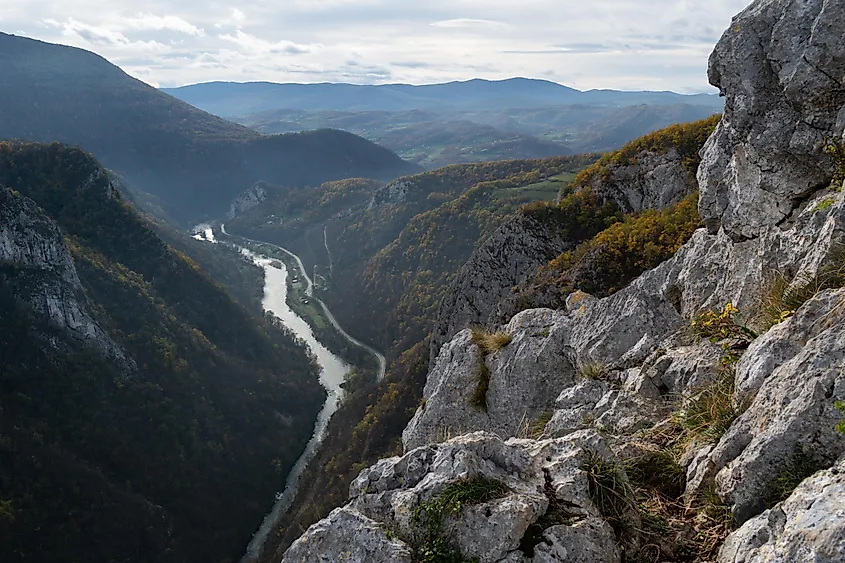
Banja Luka River has a watershed of about 2,465 square miles. For perspective, the Allegheny River, one of the longest rivers in Pennsylvania, occupies 11,747 square miles. Evidently, Banja Luka occupies an area of about a fifth of her American counterpart. Then again, Banja Luka River boasts a mean discharge of 100 m³/s. While this is nothing compared to the Nile River’s 2,830 m³/s, it ensures the river’s banks are consistently watered and nourished. It is important to note that while Banja Luka may refer to the river, which is the subject of this article, it also refers to the charming town that is culled up on its gorgeous banks.
Source And Direction
The Banja Luka River zigzags across the western region of Bosnia-Herzegovina. Its source is two springs that bubble up on Ze Mountain, which, in turn, is a branch of the Vranica mountain, the highest mountain in central Bosnia. These two springs, the source of the Banja Luka River, are located at a high altitude of about 5,626 feet above sea level. From this remarkably high point, near the town of Gornji Vakuf, the river embarks on a decidedly northward journey, eventually pouring its waters into the country’s biggest river: the 615-mile-long Sava River. On its northwards cruise, the river meanders through the verdant Skopljanska valley, Vinačka klisura (gorge), as well as the Jajce Valley, a region famous for its glistening waterfalls and historic town.
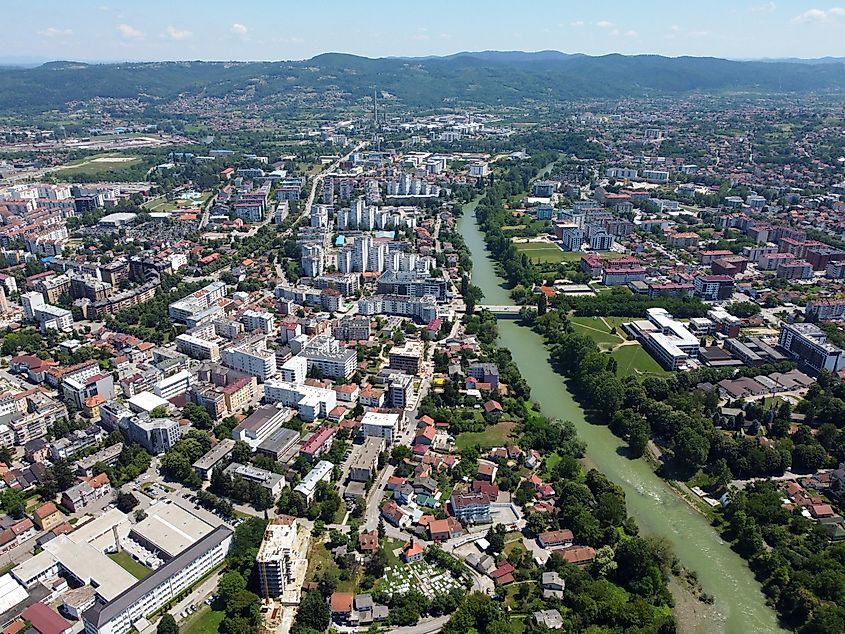
From the Jajce Valley, the river maintains its course, twisting and turning through Canyon Valley Tijesno and on to the picturesque Banja Luka Valley. It is from the latter that the river gets its name. The town of Banja Luka is noteworthy because it is not only the largest town among those that line the banks of this river— but also the second-largest city in Bosnia-Herzegovina. From here, the river rushes to Lijevče polja and pours its waters into the Sava River. Also, with a maximum elevation in the headwaters of approximately 6,889 feet above sea level, the Vrbas River basin is considerably steep.
And to piece it all together, the whole landscape of Bosnia and Herzegovina is defined by two major basins: the Black Sea and the Adriatic Sea basins. The Banja Luka River, 155 miles in length, is among the rivers that sweep across Bosnia’s Black Sea basin.
Ecological Significance Of The Banja Luka River
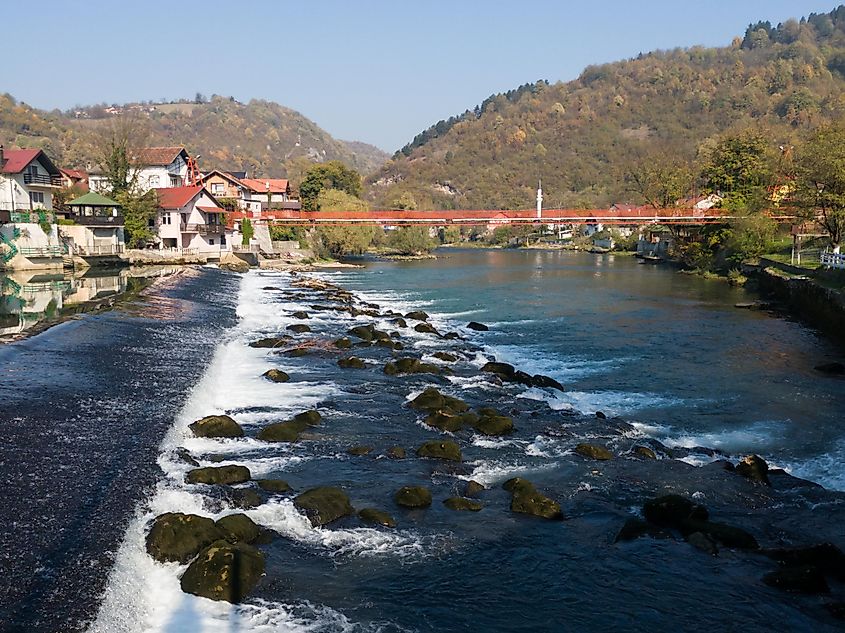
For starters, the Banja Luka River is among the major tributaries of the Sava River, the longest river in Bosnia-Herzegovina. This alone contributes to its ecological importance. The Sava River not only feeds underground water reservoirs in the region it cuts through — but also supplies surrounding meadows and fields with large quantities of water. That is in addition to the numerous large hydropower plants that the Sava River powers.
Banja Luka River, on the other hand, is a source of livelihood since it supports up to 500,000 people who live on its lush banks. It is not only the main source of water in the country’s second-largest town but also supports a broad range of animal and plant life. It supports an impressive population of brown trout, one of the most genetically diverse vertebrates. Certain sections of the Banja Luka River also boast decent bird populations, the kind which will not fail to impress self-avowed birders. Some of the largest birds in this ecologically critical region include falcons, eagles, and hawks.
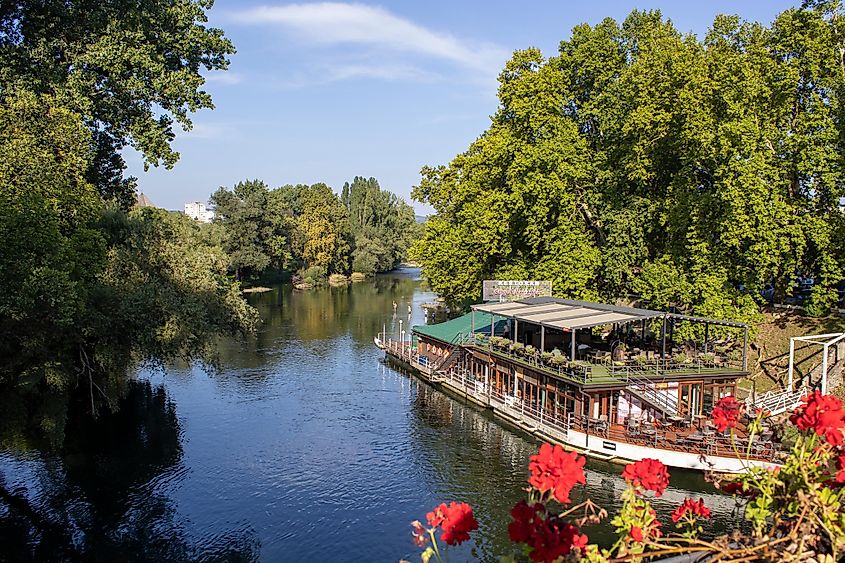
Lastly, the Banja Luka River is crucial because of its economic potential. The ruins of several Bosnian towns, for instance, some of which date back to the 12th century, line its banks. These areas are dotted with breathtaking viewpoints and several overlooks that draw tourists to the area in droves. Naturally, Banja Luka plays host to several water-based activities. For instance, it staged the 2022 World Rafting Championship, an event that drew participants from 22 countries across the globe. Besides, it is a popular base for kayaking and fly fishing.
The Takeaway
Also known as the Vrbas River, Banja Luka River is one of Bosnia’s longest rivers. From its source high up in the Ze Mountains, a branch of the Vranica mountain, the 155-mile-long river runs north, winding its way through several verdant valleys and peaceful neighborhoods—before eventually lending its waters to Bosnia’s biggest river. Sometimes confused with the town that bears its name, Banja Luka River is a critical ecological resource that supports a variety of plant and animal life. Besides, it has a huge tourist potential.











